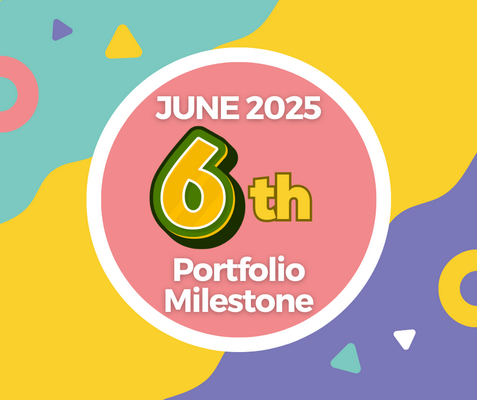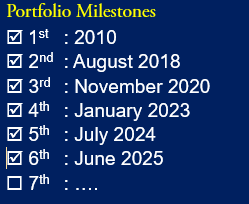As my portfolio grows larger, I am always on a lookout for products that can improve risk-adjusted returns or provide diversification. Previously, I have looked at the 2 popular FSMOne income funds PIMCO and Allianz and did not find them to be compelling choices.
Kyith just did a detailed writeup on Allianz on Investmentmoats and I thought I would give my simple thoughts.
The table above compares Lion Global All Seasons Standard (70% fixed income, 30% equities) against PIMCO and Allianz Income funds. The thing that stands out about Allianz is that its absolute return looks pretty good. Lion Global wins with the YTD/1yr returns but Allianz is narrowly ahead on 3 and 5 years despite its expense ratio. PIMCO is hopeless.
So Allianz looks attractive since it generates its profits by investing in securities that are not equities and thus there is a possible diversification advantage. However,the price you pay is huge annualised volatility, which means that your returns could be very different depending on when you invest.
Finally, Allianz Income & Growth had a complete change of fund managers in 2022 with their superstar Douglas Forsyth 'retiring' so there was no guarantee that they would continue to perform.
Based on the 3 year return of Allianz, the new managers appear to be ok. There was one time FSMOne came up with a new recommended Europe fund based on the stellar track record. However, FSMOne didn't consider the fact that the fund manager was leaving. The next year, the fund did so badly that FSMOne pulled it from their recommended list after just one year. So in some cases, fund managers do matter.
Overall, Allianz Income does look a lot more attractive than PIMCO but it is not at all clear that it is clearly better than a low cost vanilla balanced fund like Lion Global All Seasons Standard.

















































